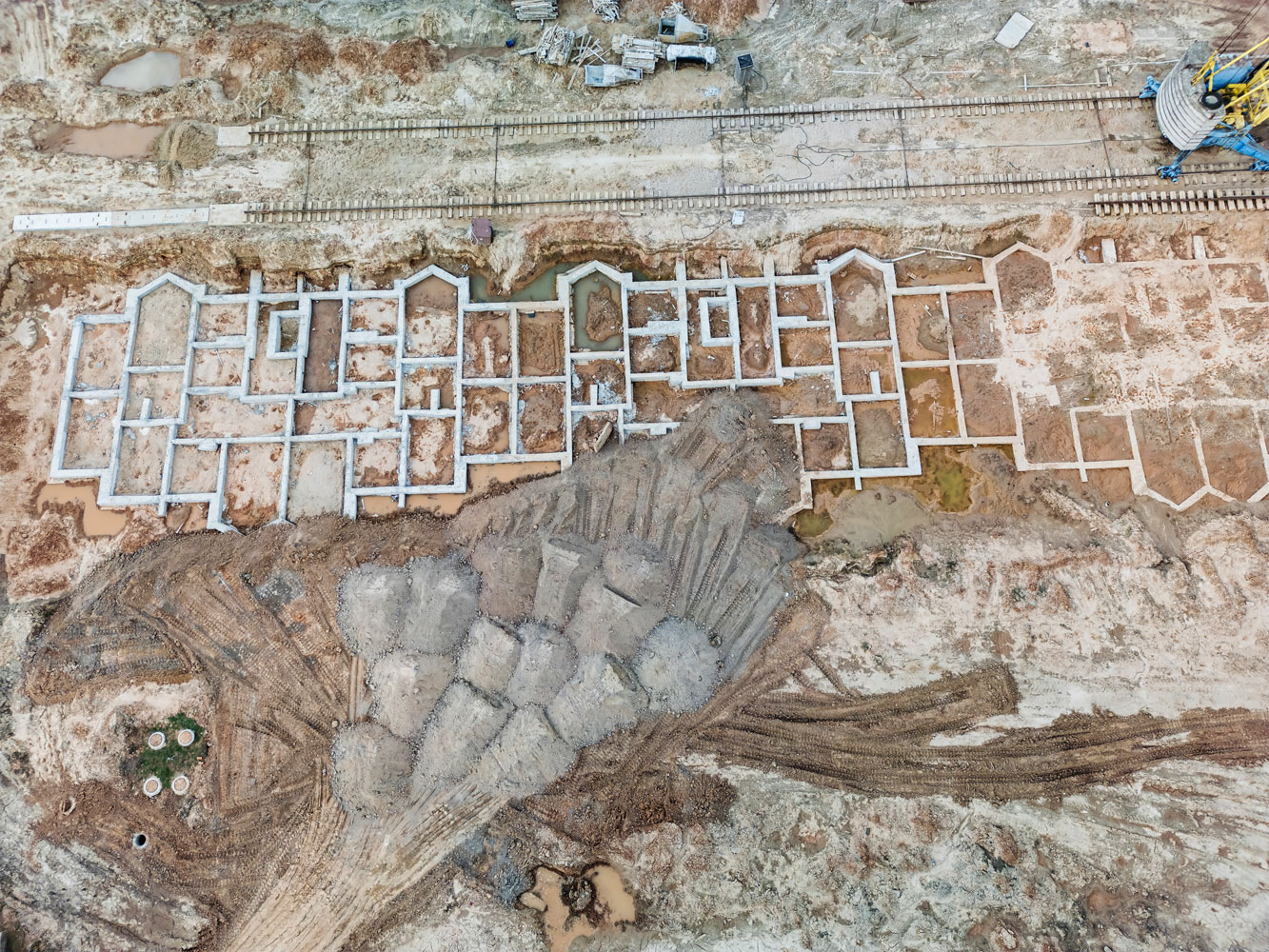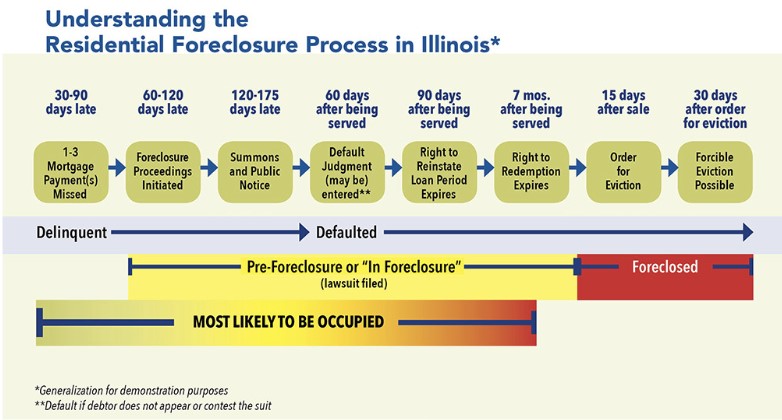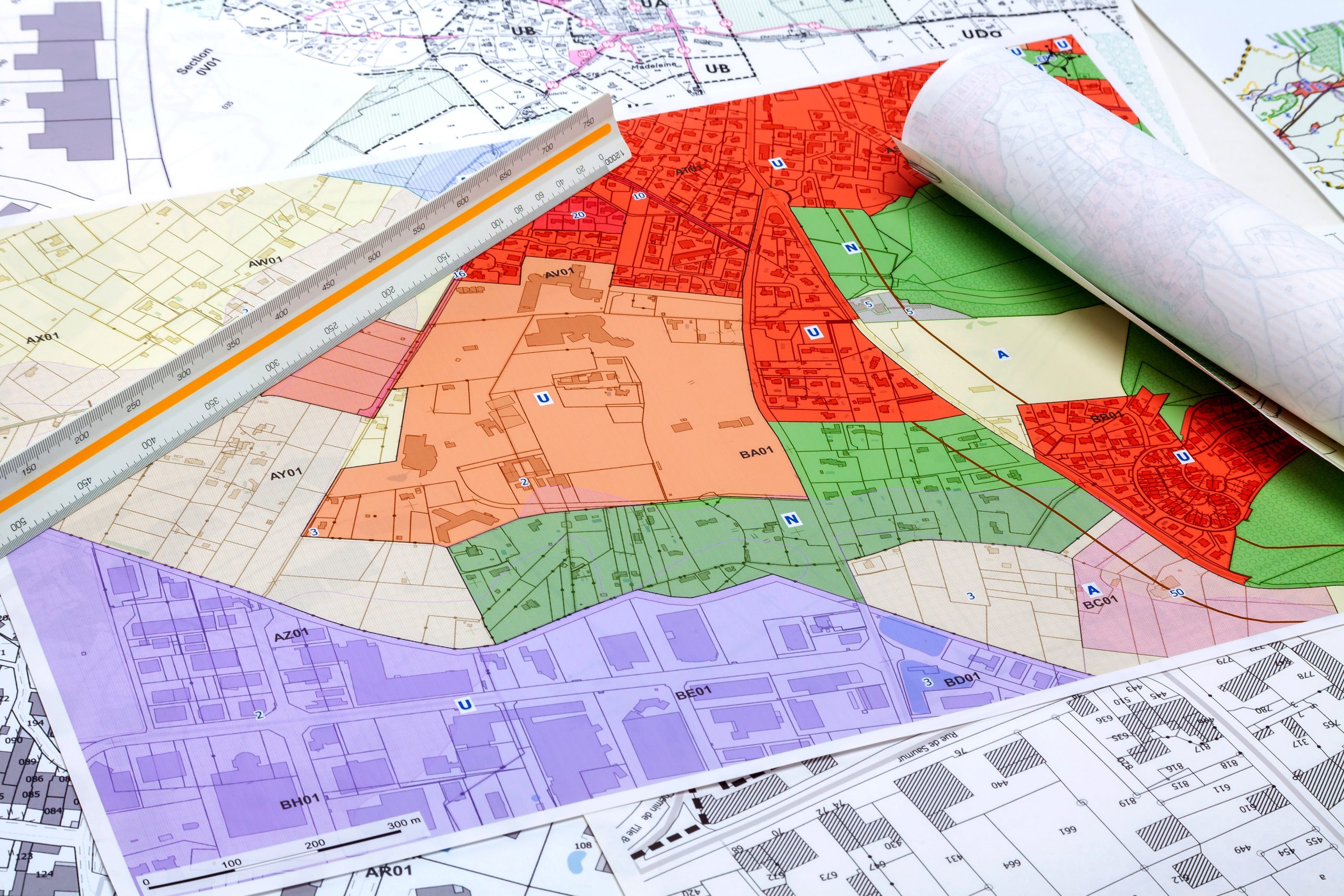Introduction:
Securing funding is one of the biggest challenges for equitable developers, especially those focused on community-driven projects. Traditional financing options often fall short when it comes to mixed-income housing, small business incubators, and other mission-driven developments. This post explores funding sources, key challenges, and strategies to secure capital for equitable projects in Chicago.
1. Common Challenges in Securing Development Funding
- Limited Access to Traditional Financing: Banks may hesitate to fund projects in disinvested areas or for first-time developers.
- High Upfront Costs: Land acquisition, zoning approvals, and pre-development expenses require substantial initial capital.
- Complicated Grant & Incentive Applications: Many government programs require extensive paperwork and long approval processes.
- Balancing Affordability & Profitability: Ensuring community benefits while maintaining financial sustainability can be difficult.
2. Funding Sources for Equitable Development
Traditional & Alternative Lending Options
- Community Development Financial Institutions (CDFIs): Mission-driven lenders that provide flexible loans for projects in underserved communities.
- Examples: Chicago Community Loan Fund (CCLF), IFF
- Small Business Administration (SBA) Loans: Useful for developers incorporating commercial spaces into their projects.
- Private Investors & Impact Funds: Some investors prioritize social impact alongside financial returns.
- Construction Loans & Bridge Loans: Short-term financing options for developers to cover building costs.
Grants & Public Incentive Programs
- Neighborhood Opportunity Fund (NOF): Grants for commercial projects in Chicago’s South and West Sides.
- Low-Income Housing Tax Credits (LIHTC): Federal program providing tax credits for affordable housing developments.
- Tax Increment Financing (TIF) Districts: Provides reimbursement for certain development costs in designated areas.
- Historic Preservation Tax Credits: Available for restoring historic buildings while maintaining affordability.
Creative Financing & Community-Based Approaches
- Crowdfunding & Community Investment Funds: Allows local residents to invest in developments that benefit their neighborhoods.
- Community Land Trusts (CLTs): Nonprofit-owned land models that ensure long-term affordability.
- Public-Private Partnerships (PPPs): Collaboration between developers, city agencies, and private investors to fund large-scale projects.
- New Market Tax Credits (NMTC): Tax incentives for developments in low-income census tracts.
3. Strategies for Securing Funding & Reducing Costs
Align Your Project with Mission-Driven Lenders & Funds
- Identify lenders who specialize in equitable or impact-driven development.
- Highlight the social, economic, and environmental benefits of your project when pitching to investors.
Stack Multiple Funding Sources
- Use a mix of grants, tax credits, and loans to reduce reliance on any single funding source.
- Explore layered financing strategies to close funding gaps efficiently.
Engage the Community for Financial Support
- Consider resident investment models that allow the community to co-own part of the project.
- Leverage crowdfunding to demonstrate local demand and attract larger investors.
Take Advantage of Zoning & Tax Incentives
- Explore tax abatements and credits that offset development costs.
Work with Experts to Streamline Applications
- Partner with grant writers, financial consultants, and legal professionals to improve funding success rates.
- Connect with city agencies and nonprofit advisors who assist developers in securing funding.

4. Case Studies: Developers Who Successfully Leveraged Funding
- The Hatchery (Garfield Park): Used a mix of NOF grants, impact investments, and public-private partnerships to fund a food business incubator.
- 43 Green (Bronzeville): Leveraged TOD incentives, LIHTC funding, and city-backed programs to create mixed-income housing near transit.
- The Overton Center (Bronzeville): Transformed a historic school into a business hub through creative financing and community partnerships.
How I Can Help as Your Real Estate Agent
- Identifying Properties with Funding Potential: I’ll help you find sites that qualify for grants, tax credits, and incentive programs.
- Connecting You with the Right Lenders & Investors: I’ll introduce you to CDFIs, impact investors, and funding partners who align with your vision.
- Navigating Incentive Programs: I’ll guide you through applying for NOF, TIF, and other funding sources.
- Helping You Build a Financially Sustainable Plan: I’ll work with you to balance affordability, profitability, and long-term impact.
Conclusion:
Funding equitable development requires creativity, persistence, and a mix of financing strategies. By tapping into available resources, forming the right partnerships, and structuring deals effectively, you can bring community-driven projects to life. Need help finding properties with funding potential or connecting with lenders? Let’s discuss how I can support your development goals.


 Facebook
Facebook
 X
X
 Pinterest
Pinterest
 Copy Link
Copy Link








